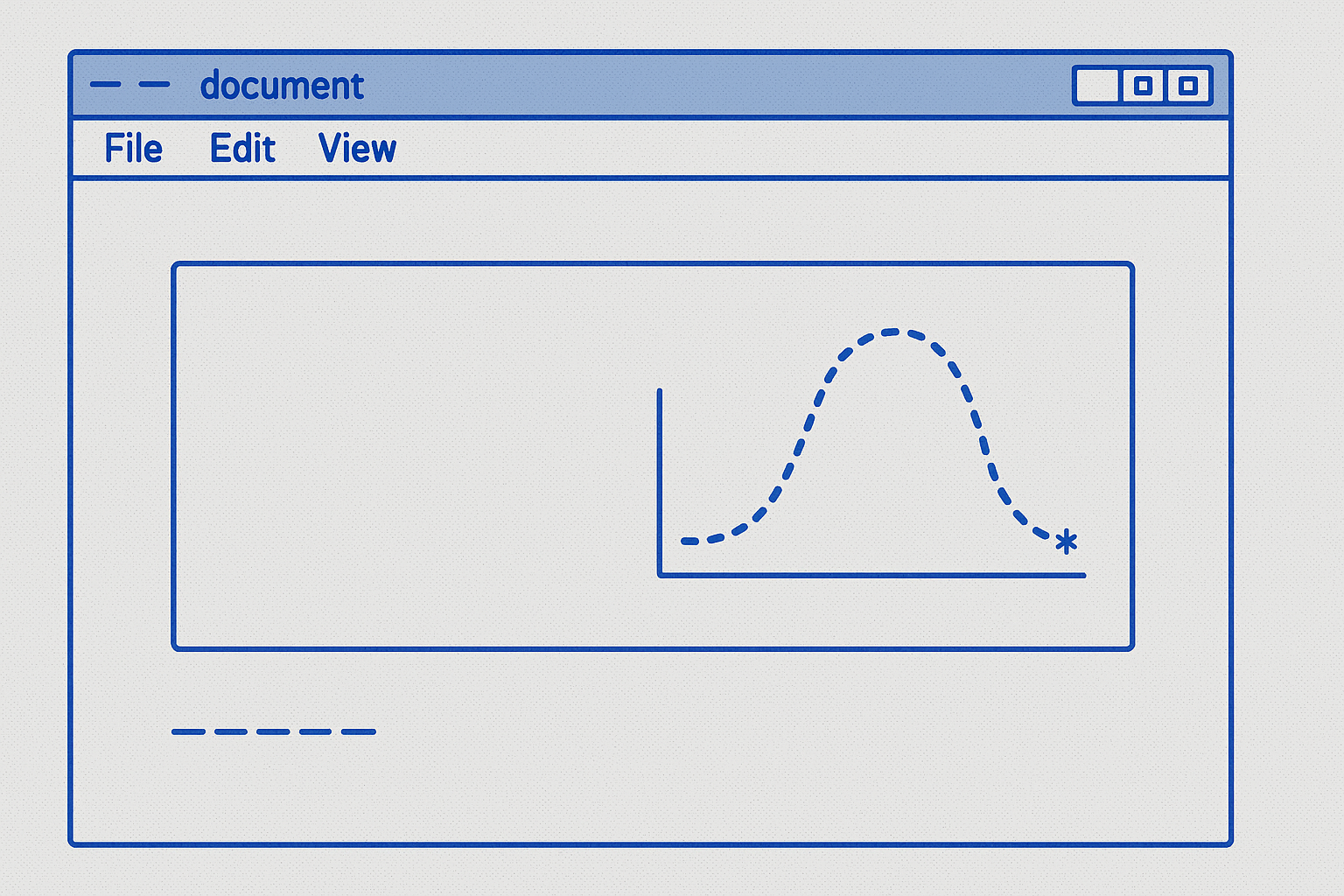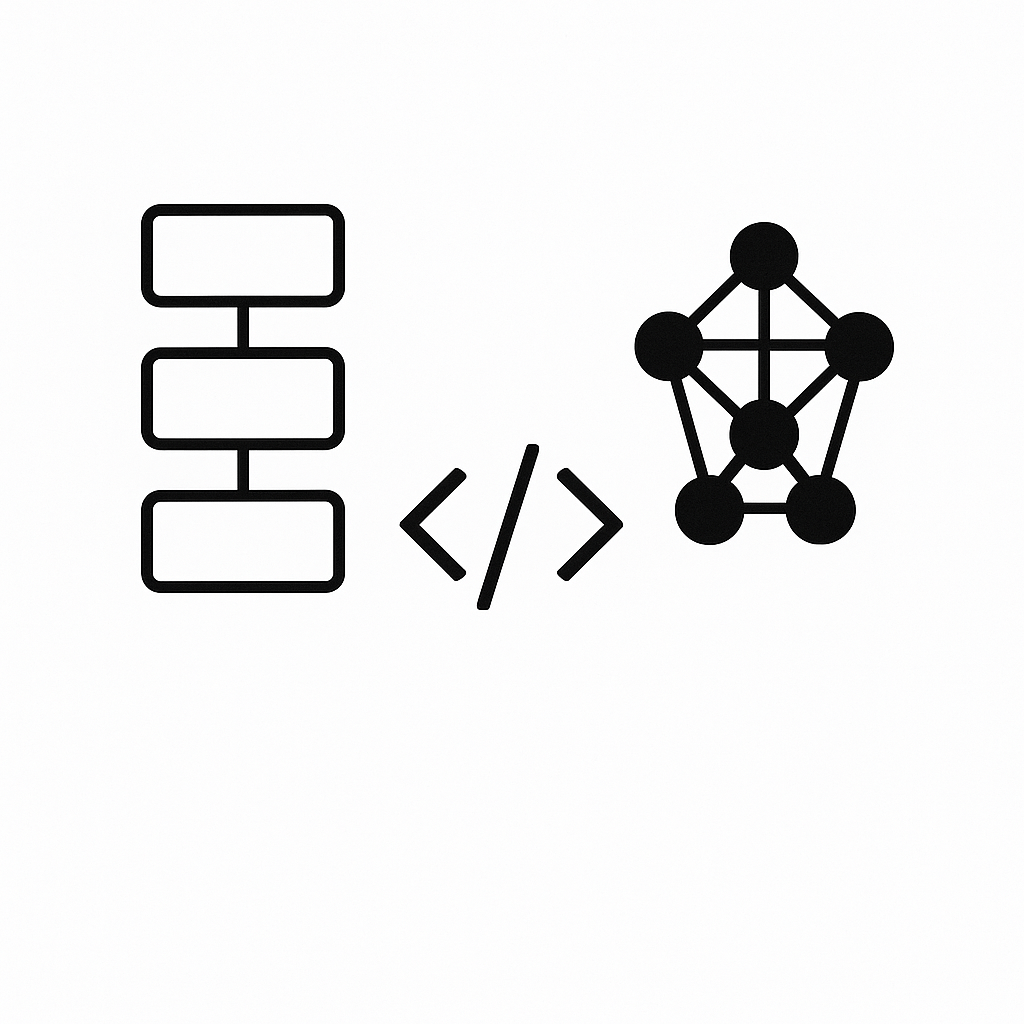TL;DR:
OpenAI’s GPT-5.1, rolling out starting November 13, 2025, enhances the GPT-5 series with warmer tones, adaptive reasoning, and refined personality styles, praised for better instruction-following and efficiency. However, some users criticize its filtered authenticity compared to GPT-4o, fueling #keep4o campaigns. Overall X sentiment: 60% positive for utility, but mixed on emotional depth—7.5/10.
Introduction
OpenAI’s GPT-5.1, announced and beginning rollout on November 13, 2025, upgrades the GPT-5 series to be “smarter, more reliable, and a lot more conversational.” It features two variants: GPT-5.1 Instant for quick, warm everyday interactions with improved instruction-following, and GPT-5.1 Thinking for complex reasoning with dynamic thinking depth. Key additions include refined personality presets (e.g., Friendly, Professional, Quirky) and granular controls for warmth, conciseness, and more. The rollout starts with paid tiers (Pro, Plus, Go, Business), extending to free users soon, with legacy GPT-5 models available for three months. API versions launch later this week. Drawing from over 100 X posts (each with at least 5 likes) and official details from OpenAI’s announcement, this meta review captures a community vibe of excitement for refinements tempered by frustration over perceived regressions, especially versus GPT-4o’s unfiltered charm. Sentiment tilts positive (60% highlight gains), but #keep4o underscores a push for authenticity.
Key Strengths: Where GPT-5.1 Shines
Users and official benchmarks praise GPT-5.1 for surpassing GPT-5’s rigidity, delivering more human-like versatility. Officially, it excels in math (AIME 2025) and coding (Codeforces) evaluations, with adaptive reasoning deciding when to “think” deeper for accuracy without sacrificing speed on simple tasks.
- Superior Instruction-Following and Adaptability: Tops feedback, with strict prompt adherence (e.g., exact word counts). Tests show 100% compliance vs. rivals’ 50%. Adaptive reasoning varies depth: quick for basics, thorough for math/coding, reducing errors in finances or riddles. OpenAI highlights examples like precise six-word responses.
- Warmer, More Natural Conversations: The “heart” upgrade boosts EQ and empathy, making responses playful and contextual over long chats. It outperforms Claude 4.5 Sonnet on EQ-Bench for flow. Content creators note engaging, cliché-free outputs. Official demos show empathetic handling of scenarios like spills, with reassurance and advice.
- Customization and Efficiency: Refined presets include Default (balanced), Friendly (warm, chatty), Efficient (concise), Professional (polished), Candid (direct), Quirky (playful), Cynical, and Nerdy. Sliders tweak warmth, emojis, etc. Memory resolves conflicts naturally; deleted info stays gone. Speed gains (e.g., 30% faster searches) and 196K token windows aid productivity. GPT-5.1 Auto routes queries optimally.
| Aspect | Community Highlights | Example User Feedback |
|---|---|---|
| Instruction-Following | Precise adherence to limits and styles | “100% accurate on word-count prompts—game-changer for coding.” |
| Conversational Flow | Warmer, empathetic tone | “Feels like chatting with a smart friend, not a bot.” |
| Customization | Refined presets and sliders enhance usability | “Friendly mode is spot-on for casual use; no more robotic replies.” |
| Efficiency | Faster on complex tasks with adaptive depth | “PDF summaries in seconds—beats GPT-5 by miles.” |
These align with OpenAI’s claims, positioning GPT-5.1 as a refined tool for pros, writers, and casuals, with clearer, jargon-free explanations (e.g., simpler sports stats breakdowns).
Pain Points: The Backlash and Shortcomings
Not all are sold; 40% of posts call it a “minor patch” amid Gemini 3.0 competition. #keep4o reflects longing for GPT-4o’s “spark,” with official warmth seen by some as over-polished.
- Filtered and Less Authentic Feel: “Safety ceilings” make it feel simulated; leaked prompts handle “delusional” queries cautiously, viewed as censorship. Users feel stigmatized, contrasting GPT-4o’s genuine vibe, accusing OpenAI of erasing “soul” for liability.
- No Major Intelligence Leap: Adaptive thinking helps, but tests falter on simulations or formatting. No immediate API Codex; “juice” metric dips. Rivals like Claude 4.5 lead in empathy/nuance. Official naming as “5.1” admits incremental gains.
- Rollout Glitches and Legacy Concerns: Chats mimic GPT-5.1 on GPT-4o; voice stays GPT-4o-based. Enterprise gets early toggle (off default). Some miss unbridled connections, seeing updates as paternalistic. Legacy GPT-5 sunsets in three months.
| Aspect | Community Criticisms | Example User Feedback |
|---|---|---|
| Authenticity | Over-filtered, simulated feel | “It’s compliance over connection—feels creepy.” |
| Intelligence | Minor upgrades, no wow factor | “Shines in benchmarks but flops on real tasks like video directs.” |
| Accessibility | Delayed API; rollout bugs | “Why no Codex? And my 4o chats are contaminated.” |
| Comparisons | Lags behind Claude/Gemini in EQ | “Claude 4.5 for empathy; GPT-5.1 is just solid, not special.” |
This tension: Tech users love tweaks, but raw AI seekers feel alienated. OpenAI’s safety card addendum addresses mitigations.
Comparisons and Broader Context
GPT-5.1 vs. peers:
- Vs. Claude 4.5 Sonnet: Edges in instruction-following but trails in writing/empathy; users switch for “human taste.”
- Vs. Gemini 2.5/3.0: Quicker but less affable; timing counters competition.
- Vs. GPT-4o/GPT-5: Warmer than GPT-5, but lacks 4o’s freedom, driving #keep4o. Official examples show clearer, empathetic responses vs. GPT-5’s formality.
Links to ecosystems like Marble (3D) or agents hint at multi-modal roles. Finetuning experiments roll out gradually.
A Polarizing Upgrade with Promise
X’s vibe: Optimistic yet split—a “nice upgrade” for efficiency, “step back” for authenticity. Scores 7.5/10: Utility strong, soul middling. With refinements like Codex and ignoring #keep4o risks churn. AI progress balances smarts and feel. Test presets/prompts; personalization unlocks magic.



